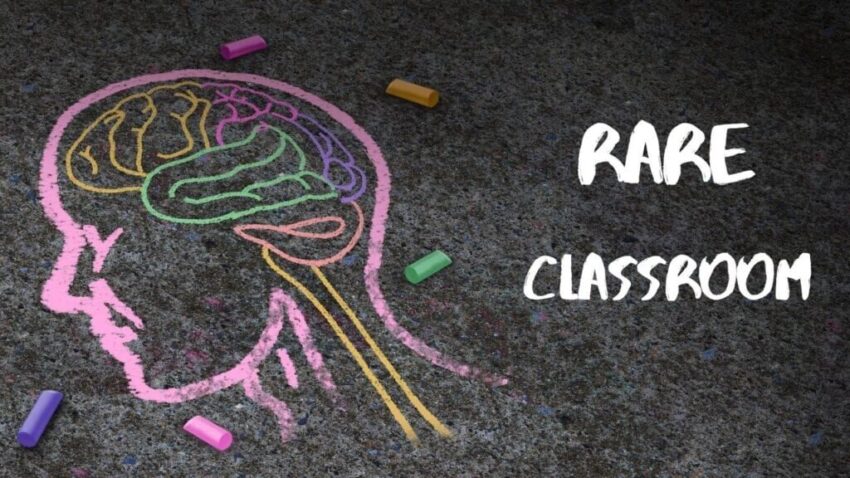Welcome to the Rare Classroom, a new series from Patient Worthy. Rare Classroom is designed for the curious reader who wants to get informed on some of the rarest, most mysterious diseases and conditions. There are thousands of rare diseases out there, but only a very small number of them have viable treatments and regularly make the news. This series is an opportunity to learn the basics about some of the diseases that almost no one hears much about or that we otherwise haven’t been able to report on very often.
Eyes front and ears open. Class is now in session.

The disease that we will be learning about today is:
22q13 Deletion Syndrome
Also known as Phelan-McDermid Syndrome.
What is 22q13 Deletion Syndrome?
- 22q13 deletion syndrome is a rare genetic disorder that causes a broad array of symptoms such as autism, developmental delay, speech problems, intellectual disability, and much more
- While the true prevalence of this disease remains unknown, a total of around 1,200 patients have been identified globally.
- This syndrome is widely believed to be underdiagnosed for two main reasons:
- Insufficient genetic testing
- Lack of distinctive clinical features
- The first case of 22q13 was described in 1985
- Males and females are impacted at equal rates
How Do You Get It?
- 22q13 deletion syndrome is named after the type of mutation that causes it, as well as where the mutation occurs.
- Deletions or rearrangements long arm, or q terminal end, of chromosome 22 have been identified as the causal mutation
- In truth, any unusual genetic variation that presents in the q13 region and causes symptoms characteristic of the disease may be diagnosed as 22q13 deletion syndrome
- In most cases, this abnormality is a de novo mutation, meaning that it appears randomly during fetal development
- However, a small number of cases are inherited
- Researchers still disagree on a precise definition for the disease
- Mutations affecting the SHANK3 gene have also been implicated in the disease
- Ongoing research continues to focus on the effects of other genes
What Are The Symptoms?
- 22q13 deletion syndrome causes a varied array of symptoms, with patients having significant variation in presentation
- The most common symptoms and signs (impacting 50 percent or more of patients) include:
- Elongated head
- Long eyelashes
- Round, prominent nose
- Altered pain threshold
- Abnormalities on brain imaging
- Upper respiratory infections
- Lymphedema (localized swelling)
- Hyper extensibility
- Large hands
- Pointed chin
- Nail abnormalities
- Hypotonia (low muscle tone)
- Developmental delays
- Autism
- Intellectual disability
- Speech problems
- Less common symptoms and signs include:
- Abnormally large or small head
- Hypothyroidism
- High arched palate
- Gastroesophageal reflux
- Sleep problems
- Tooth abnormalities
- Delayed puberty
- Spine curvature
- Syndactyly
- Sacral dimple
- Constipation or diarrhea
- Kidney problems
- Strabismus (eye misalignment)
- Seizures
- Heart problems
- Abnormally tall or short stature
How Is It Treated?
- There is no cure or disease-altering therapy for this disease
- Therefore, treatment and management is based on addressing symptoms
- Approaches include special education, medication for seizures, oral-motor therapy, assistive tech for communication, and more per the individual patient’s symptoms and needs
Where Can I Learn More???
- Check out our cornerstone on this disease here.
- Learn more about this condition from the Phelan-McDermid Syndrome Foundation.


